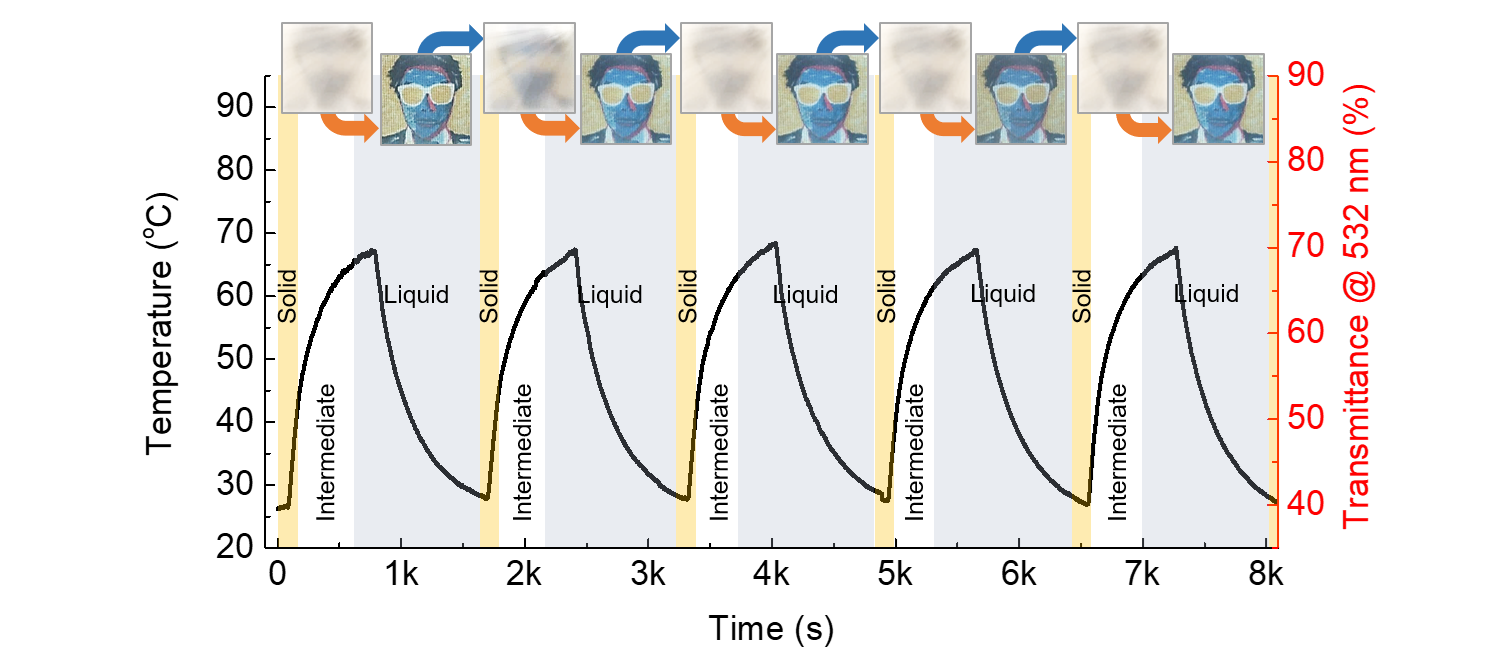- About
- Academics
-
Undergraduate Programs
- Civil and Environmental Engineering
- Architecture and Architectural Engineering
- Mechanical Engineering
- Industrial Engineering
- Energy Resources Engineering
- Nuclear Engineering
- Materials Science and Engineering
- Electrical and Computer Engineering
- Naval Architecture and Ocean Engineering
- Computer Science and Engineering
- Aerospace Engineering
- Chemical and Biological Engineering
-
Graduate Programs
- Civil and Environmental Engineering
- Architecture and Architectural Engineering
- Mechanical Engineering
- Industrial Engineering
- Energy Systems Engineering
- Materials Science and Engineering
- Electrical and Computer Engineering
- Naval Architecture and Ocean Engineering
- Computer Science and Engineering
- Chemical and Biological Engineering
- Aerospace Engineering
- Interdisciplinary Program in Technology, Management, Economics and Policy
- Interdisciplinary Program in Urban Design
- Interdisciplinary Program in Bioengineering
- Interdisciplinary Program in Artificial Intelligence
- Interdisciplinary Program in Intelligent Space and Aerospace Systems
- Chemical Convergence for Energy and Environment Major
- Multiscale Mechanics Design Major
- Hybrid Materials Major
- Double Major Program
- Open Programs
-
Undergraduate Programs
- Research
- Campus Life
- Communication
- Prospective Students
- International Office
Professor Seung Hwan Ko’s Research Team of the Department of Mechanical and Aerospace Engineering Develops Smart Window Using the Phase Change of Supersaturated Crystal
-
Uploaded by
관리자
-
Upload Date
2019.09.24
-
Views
751
Professor Seung Hwan Ko’s Research Team of the Department of Mechanical and Aerospace Engineering Develops Smart Window Using the Phase Change of Supersaturated Crystal
- A Technology that Controls the Transmittance of Sodium Acetate
- Becomes Opaque when Mechanical Impact is Applied and Transparent when Heat is Supplied
- A Control of Color Change that Is Not Influenced by Sunlight or Temperature
▲ (From Left to Right) Professor Seung Hwan Ko and Doctor Hyunmin Cho of the Department of Mechanical and Aerospace Engineering, Doctor Jinhyeong Kwon of the Korea Institute of Industrial Technology
SNU College of Engineering (Dean Kookheon Char) announced on 30th that the research team led by Professor Seung Hwan Ko of the Department of Mechanical and Aerospace Engineering has created a smart window using sodium acetate, a material found commonly in heat packs. This new MTC (mechano-thermo-chromic) smart window, unlike conventional smart windows, operates with mechanical impact and heat.
Smart Window is a functional glass with multiple uses including privacy protection, security, designs, and efficient energy management of buildings. Variety of smart windows are being developed by manipulating the color and phase of the composition. This research resolved the limitations of conventional smart windows that they continuously consume heat and are weak against sunlight and temperature.
The team utilized the temperature-dependent precipitation of supersaturated salt compounds and a simple chemical property of solutions. Sodium acetate maintains its transparent liquid state at supersaturation but becomes opaque due to a change in crystal structure when salt is precipitated under mechanical impact. The precipitated salt compound liquifies and becomes clear when heated till a certain temperature. Thus, a simple mechanical impact or an addition of heat allows a reversible manipulation of this MTC material.
Smart windows made from MTC device are feasible for commercialization as they cope with environments with strong UV rays. Professor Ko explained, “When shielded from light, the transmittance of the MTC device can be manipulated by simply applying a mechanical impact or heat. The device, being packaged as a transparent and flexible liquid, can be easily applied to curved surfaces and also possesses durability from its simple operating mechanism.”
This research was published on the Science Advances (First Author: Hyunmin Cho; Corresponding Author: Seung Hwan Ko) as of July 26th. It was conducted with the support of the National Research Foundation of Korea.

Figure 1. Operating Mechanism of Mechano-Thermo-Chromic Device and Its Change of Transmittance

Figure 2. Reversible Manipulation of Transmittance